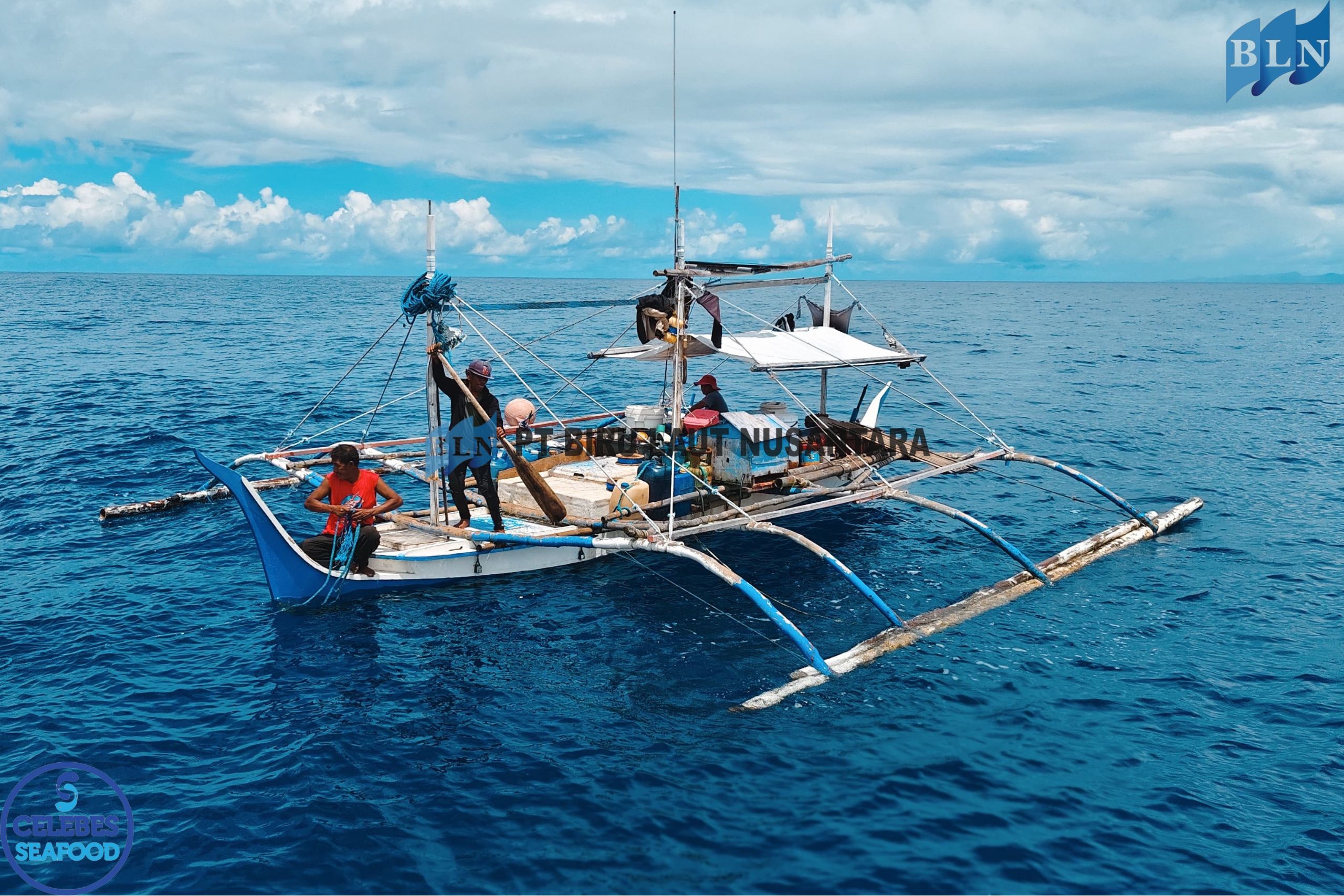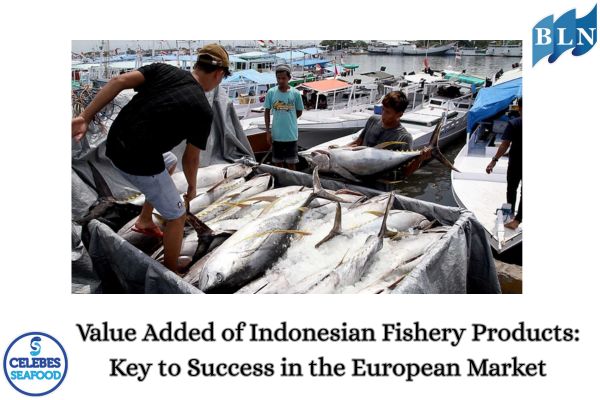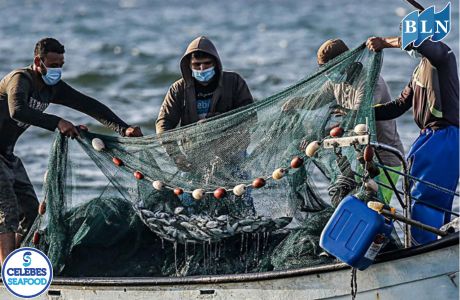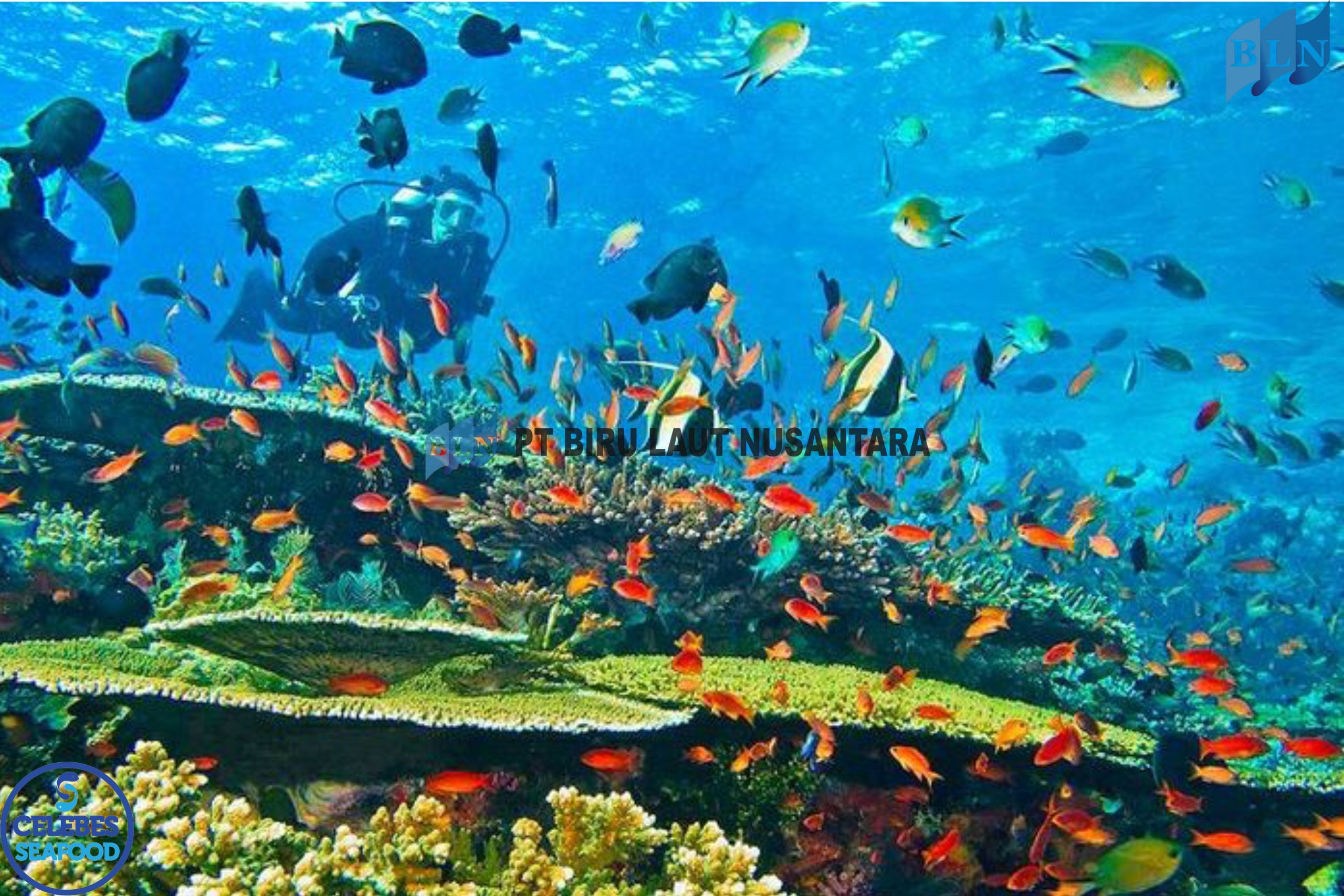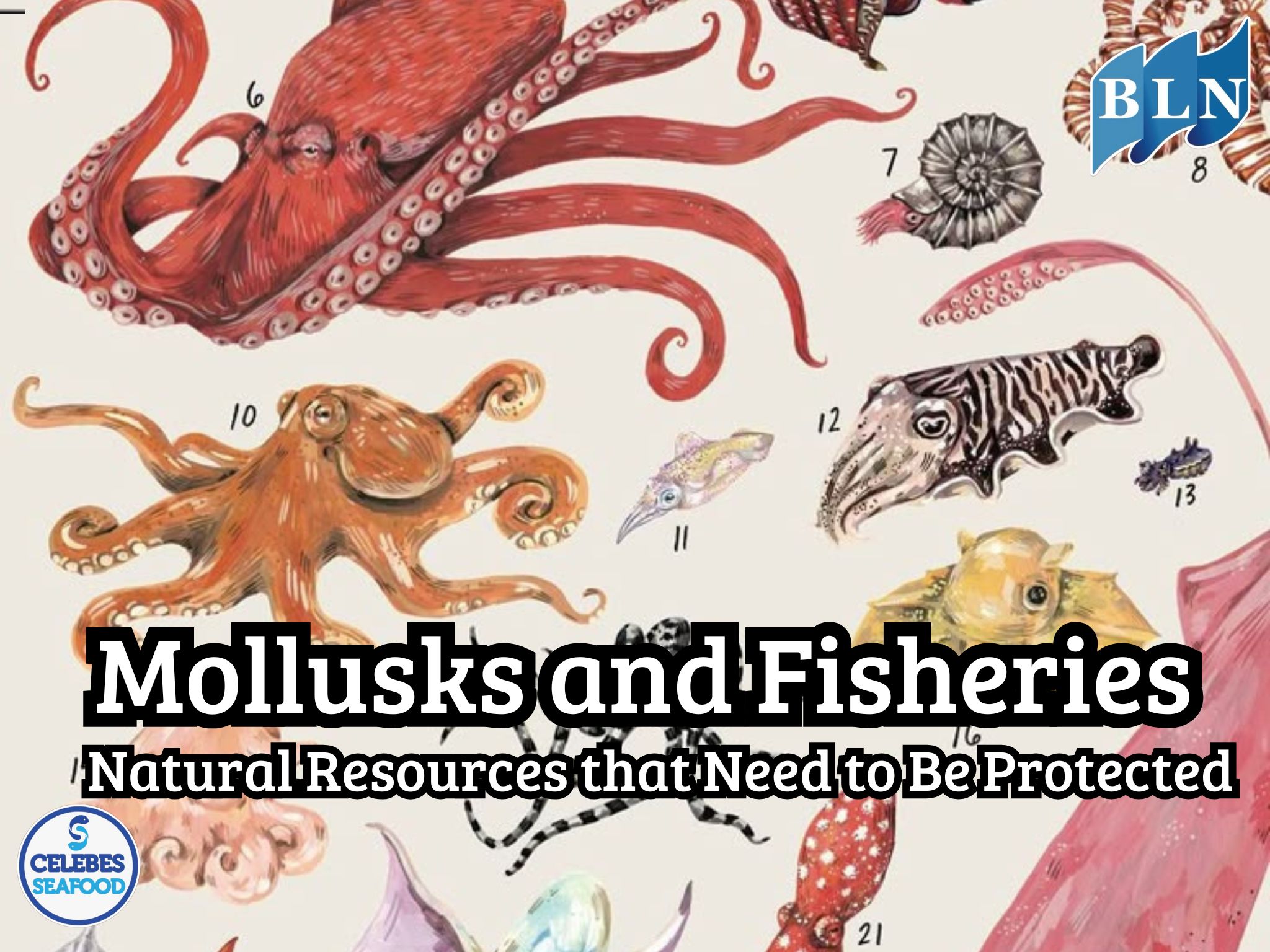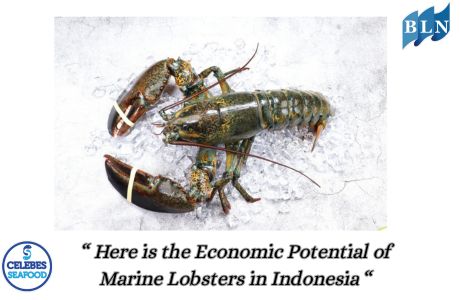Yellowfin Tuna Conservational Status
By. Nevanda - 25 Aug 2023
lautnusantara.com - The yellowfin tuna (Thunnus albacares) is a prized and versatile marine species that plays a vital role in both the marine ecosystem and the global fishing industry. As demand for this fish continues to rise, concerns about its conservation status have come to the forefront. This article delves into the conservation status of the yellowfin tuna, highlighting the challenges it faces, the efforts being made to ensure its survival, and the importance of sustainable practices for its continued existence.
The yellowfin tuna is a top predator in the marine food chain, contributing to the balance and health of oceanic ecosystems. As a target species for commercial and recreational fishing, it holds significant economic value, supporting livelihoods and economies in many coastal communities around the world.
Read also: 13 Ways to Put in Sardines in Various Dish
The conservation status of the yellowfin tuna is of growing concern due to several factors that impact its population:
1. Overfishing
The demand for yellowfin tuna, particularly in the canned tuna market and sushi industry, has led to excessive fishing pressure. Unsustainable fishing practices, including the use of large-scale industrial fishing methods, have contributed to declining populations in certain regions.
2. Bycatch
The unintentional capture of non-target species, known as bycatch, is a common problem in tuna fishing. Bycatch can include juvenile yellowfin tuna, as well as other marine species such as sharks, sea turtles, and dolphins. This can disrupt the balance of marine ecosystems and impact species diversity.
3. Habitat Loss
Degradation of marine habitats, including the destruction of coral reefs and ocean pollution, can negatively affect yellowfin tuna populations. These fish rely on healthy and productive ecosystems for their survival and reproduction.
Read also: Kibbeling: Cripsy Fish Chunk from Netherland
To address the conservation challenges facing the yellowfin tuna, various international and regional efforts are being undertaken:
1. Fisheries Management Organizations
Organizations such as the International Commission for the Conservation of Atlantic Tunas (ICCAT) and the Western and Central Pacific Fisheries Commission (WCPFC) are responsible for regulating fishing quotas and implementing measures to prevent overfishing.
2. Catch Limits and Quotas
Implementing catch limits and quotas helps prevent excessive fishing and allows yellowfin tuna populations to recover. These measures are based on scientific assessments of the fish stocks.
3. Technological Innovations
The use of technology, such as satellite tracking and data collection, helps monitor yellowfin tuna populations, migration patterns, and behavior, providing valuable insights for conservation strategies.
4. Sustainable Fishing Practices
Promoting sustainable fishing methods, such as pole-and-line fishing and selective fishing gear, can reduce bycatch and minimize the impact on non-target species.
The conservation of the yellowfin tuna is an essential component of preserving marine biodiversity and maintaining the health of ocean ecosystems. While the challenges are significant, collaborative efforts between governments, fishing industries, conservation organizations, and consumers can make a positive impact.
By embracing sustainable fishing practices, supporting conservation initiatives, and making informed seafood choices, we can contribute to the preservation of the yellowfin tuna and the delicate balance of the marine world for future generations.
Read also: Fish Wonton Soup Recipes for Perfect Meal

